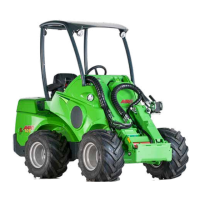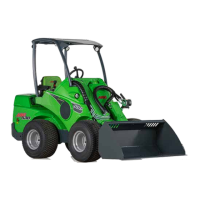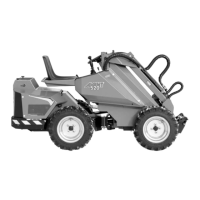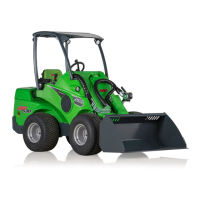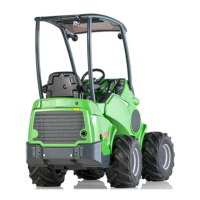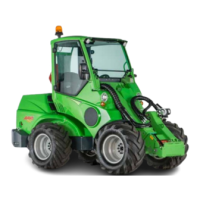Why does my AVANT Compact Loader engine not crank?
- MMrs. Kathy OrtizJul 28, 2025
If the AVANT Compact Loader's engine doesn't crank, start by checking if the main switch is turned on. Also, inspect the battery to ensure it's adequately charged. If the battery voltage is too low, charge it. Examine the fuses; if a fuse is blown, replace it, but if it blows again, contact service. Finally, verify that the battery cables are securely connected to the posts, cleaning and retightening them if necessary.
